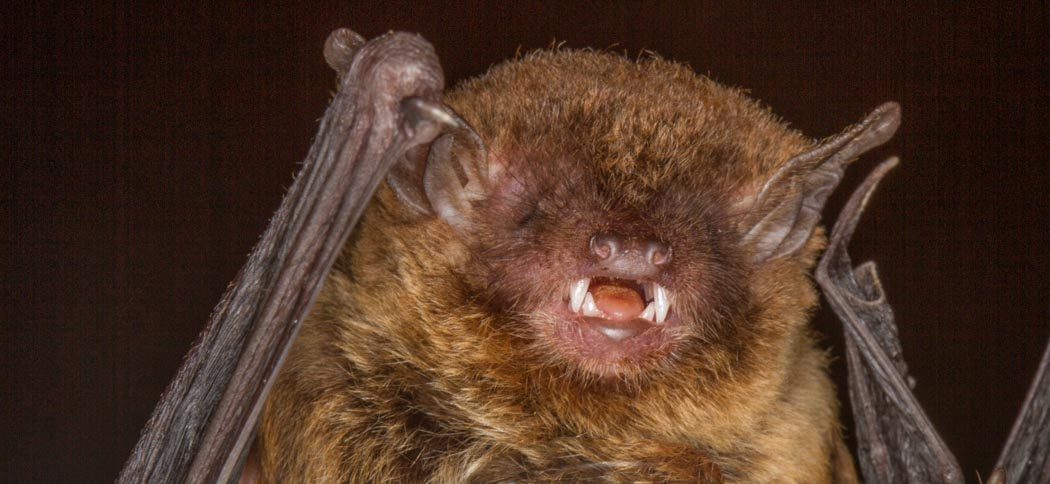
Strange Tails
We're delighted to have a strong population of strange-tailed tyrants at the reserve. So much so that we've adopted these beautiful and endangered birds as the symbol of the Trust
The growing diversity of the animals of Reserva Don Luis is a fresh source of delight every time we return. We don't play favourites, but it's impossible not to engage more with some of our more conspicuous guests. One of these is the strange-tailed tyrant. The male is stoic in his tolerance of one of nature's strangest - and it would seem least practical - adaptations. He's willing to suffer to be beautiful, and somehow manages to fly with tail feathers that were surely designed for a bird three times his size.
We love his perseverance; his resolution to succeed against challenge, and his ability to prove that anything is possible. He's appearing in growing numbers on the Reserva Do Luis, and his success has become an allegory for, and a symbol of, our own.
When we started the process of updating and redesigning our website, we wanted to adopt an image that symbolised our aims and our challenges. This brave little flycatcher, with his indomitable character, was the perfect choice.
The logo is a stylised profile of a male tyrant, silhouetted against the sunrise. We coloured the sun the blue of the Argentinian flag in honour of this country's beauty, its climate and the breathtaking span of magnificent animals that it nurtures.

Bat Research
Our bat team is conducting bat research both in the Ibera Marshes and in other provinces. We are especially concentrating on Misiones at the moment where we find the largest bat in Argentina, Chrotopterus auriitus and Myotis ruber, two species that we are researching.

Eptesicus brasiliensis
Brazilian Brown Bat
The Brasilian Brown Bat is only known in the provinces of Chaco and Corrientes and is considered rare in Argentina. It has a large range in northern South America and Central America but can be locally uncommon.
We captured this species in August 2017 in a wooded part of Reserva Don Luis. Immediately in the net it appeared larger than its close cousin, Eptesicus furinalis which is common in the area, otherwise morphologically it is similar. The forearm measured 41.7mm which is outside of the range of Eptesicus furinalis.
We captured another individual in March 2019 which had a forearm of 43 mm so it appears that although rare, we have this species at Reserva Don Luis.
Since then we encountered a roost at San Pedro in Misiones and were able to take morphometrics of several of this species.
It is a medium sized bat with long brown fur, swollen area around nostrils, bare around the eyes and with a long curved tragus. It is insectivorous.

